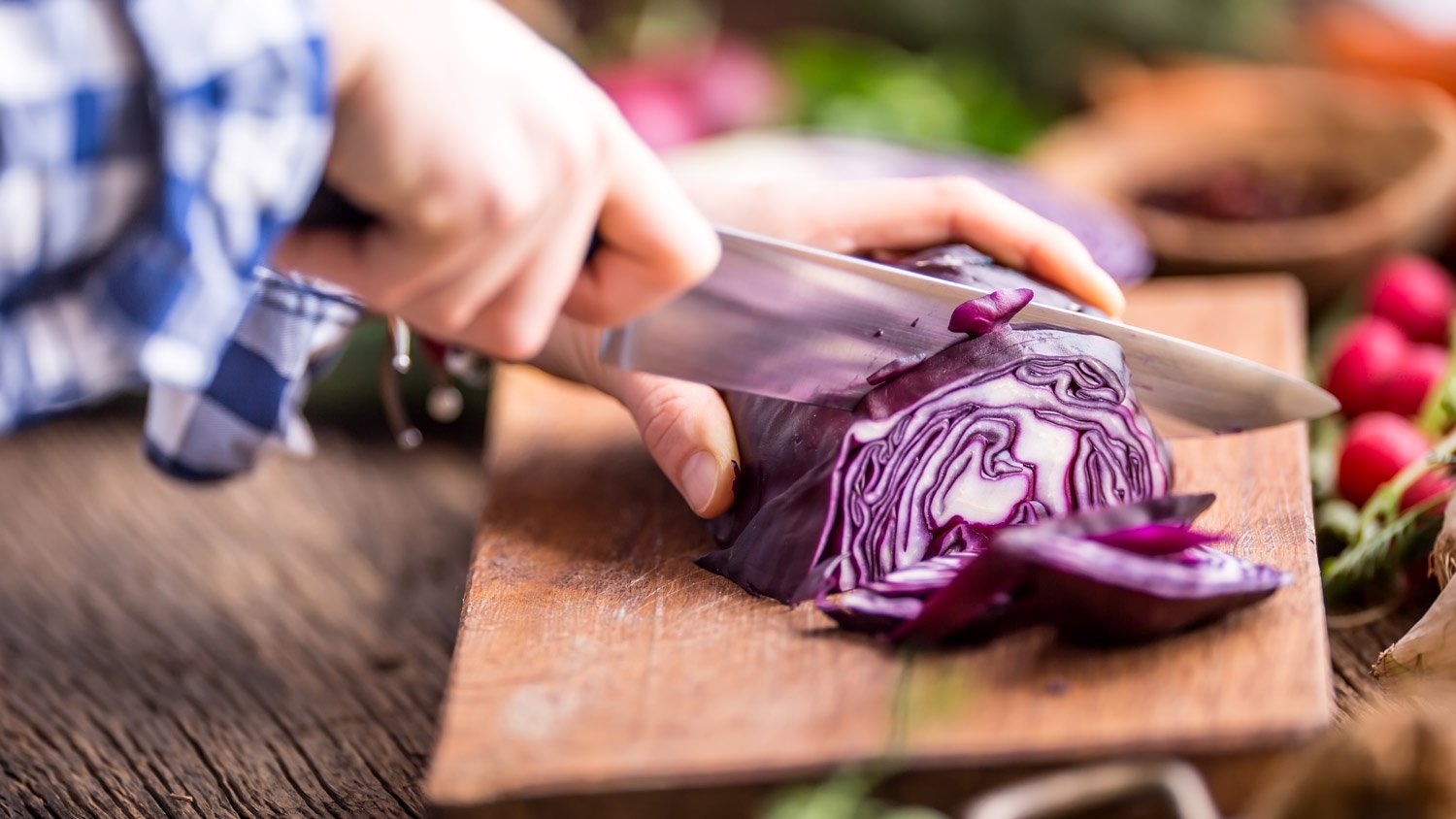
Garbage disposal repair costs depend on the specific issue, but you can save money if you DIY. Read on to learn which problems you can fix yourself and which require a professional.
Your dishwasher is a lifesaver, but it can't wash just anything, and certain items can be destructive to put in the dishwasher


The dishwasher can seem like the perfect solution to many problems. After all, we’ve learned over the years that we can put sink brushes and sponges, toothbrushes, and baby bottles in the dishwasher. But even the magical dishwasher has certain limitations, and attempting to wash some items this way can damage the item itself, the dishwasher, and the other items in the machine. Use these tips to double-check yourself before throwing just anything into the dishwasher. There are different ways to achieve that same squeaky clean and avoid unnecessary repair costs.

Your restaurant-worthy chef’s knife deserves better than the harsh environment of the dishwasher. These instruments shouldn’t be exposed to hot or wet environments for the full length of a dishwashing cycle. Most knives can be cleaned with a simple suds and rinse, and if you have to use a harsher soap after cutting meat or other messy jobs, consider oiling your knife afterward. Not only can a dishwasher dull and damage your knife, but the knife can also get jostled around by the dishwashing cycles. You don’t want it to slip through the rack and damage your other dishes or get caught in the dishwasher parts themselves, costing you a new dishwasher.
Anything with a motor, batteries, or other electronic parts should never be placed in the dishwasher, because the moisture will ruin the appliance. This is also true for breast pumps and bottle warmers–you should only be dishwashing approved removable parts, such as a flange, and never any parts of the pump with a motor. People have also tried to disinfect high-touch electronics such as mouses and keyboards, all of which will be ruined by high heat, soap, and water. Instead, simply use an electronic-approved disinfecting wipe or a similar spray and microfiber drying cloth.
You don’t realize it until you have a kitchen full of bubbles, but you can’t wash anything that may contain other types of soaps, especially dish and bath soaps. For example, say you wash a cup that contains some hand washing dish soap. This soap isn’t suitable for the dishwasher because it creates foamy suds that multiply until you have a soapy flood. Items that could be saturated with bath soaps or bubble bath, such as a loofa, also shouldn’t go through the machine. Sponges are commonly thought to be safe to wash, but this isn’t true if they could have other soaps lurking inside from previous use.

Your favorite cutting board will come out completely warped after just a few washes in the dishwasher. The water and heat will lead to cracks, which allow moisture to seep into the wood. Instead, hand wash this with soap and water after each use and be sure to dry it immediately. This also applies to other wooden cooking utensils, spoons, trays, and more. Don’t let your grandma’s treasured wooden rolling pin become a victim of the dishwasher.
If you don’t know what your pots and pans are made of, it’s time to check. The following types shouldn’t go in the dishwasher: cast iron, aluminum, copper, and nonstick. Your favorite nonstick pan that barely needs any cooking spray won’t stay pristine for long after repeated use in the rough dishwasher environment. There are some exceptions for those labeled dishwasher safe. Similarly, copper pan finishes will eventually erode in the dishwasher. Your perfectly seasoned cast iron skillet could rust and become unusable after a run in the dishwasher. Instead, rinse it while scrubbing gently, and always avoid dish soap.
Fortunately, you aren’t destined for hours of hand-washing. There are some surprising items that can be cleaned in the dishwasher that many people don’t think of. Always check an individual item’s instructions or manual first, but here are some tips to try out the next time you put in a load of dishes:
Baseball hats (on the top rack)
Silicone Oven Mitts (on the top rack)
Microwave turntables and fridge shelves
Hairbrushes (without wooden bristles) and hair accessories
Plastic toys and teething rings
Golf balls
Small trash cans
Pet dishes, leashes, and other gear
Globe light fixtures
Drawer organizers
Manicure tools
Shin and mouth guards
Rubber boots and flip flops
Cupholders from your car
From average costs to expert advice, get all the answers you need to get your job done.

Garbage disposal repair costs depend on the specific issue, but you can save money if you DIY. Read on to learn which problems you can fix yourself and which require a professional.

The cost to relocate washer and dryer hookups varies based on location, as well as whether your moving the appliances and adding new hookups. We’ve compiled a full price breakdown here.

Microwave replacements are relatively affordable compared to other appliances. Use this guide to learn how much they cost based on factors like type and labor.

Moving a wood stove is no small feat, but it’s possible to move on your own. Here’s how to move a wood stove while protecting yourself and your home.

Cooking in your kitchen wouldn’t be possible without a range hood to capture all of that greasy smoke and billowing steam. This guide breaks down the types of range hoods and their benefits and drawbacks so you can make an informed decision.

Let precision in the kitchen protect you from water contamination. Follow these simple steps for installing a dishwasher air gap.